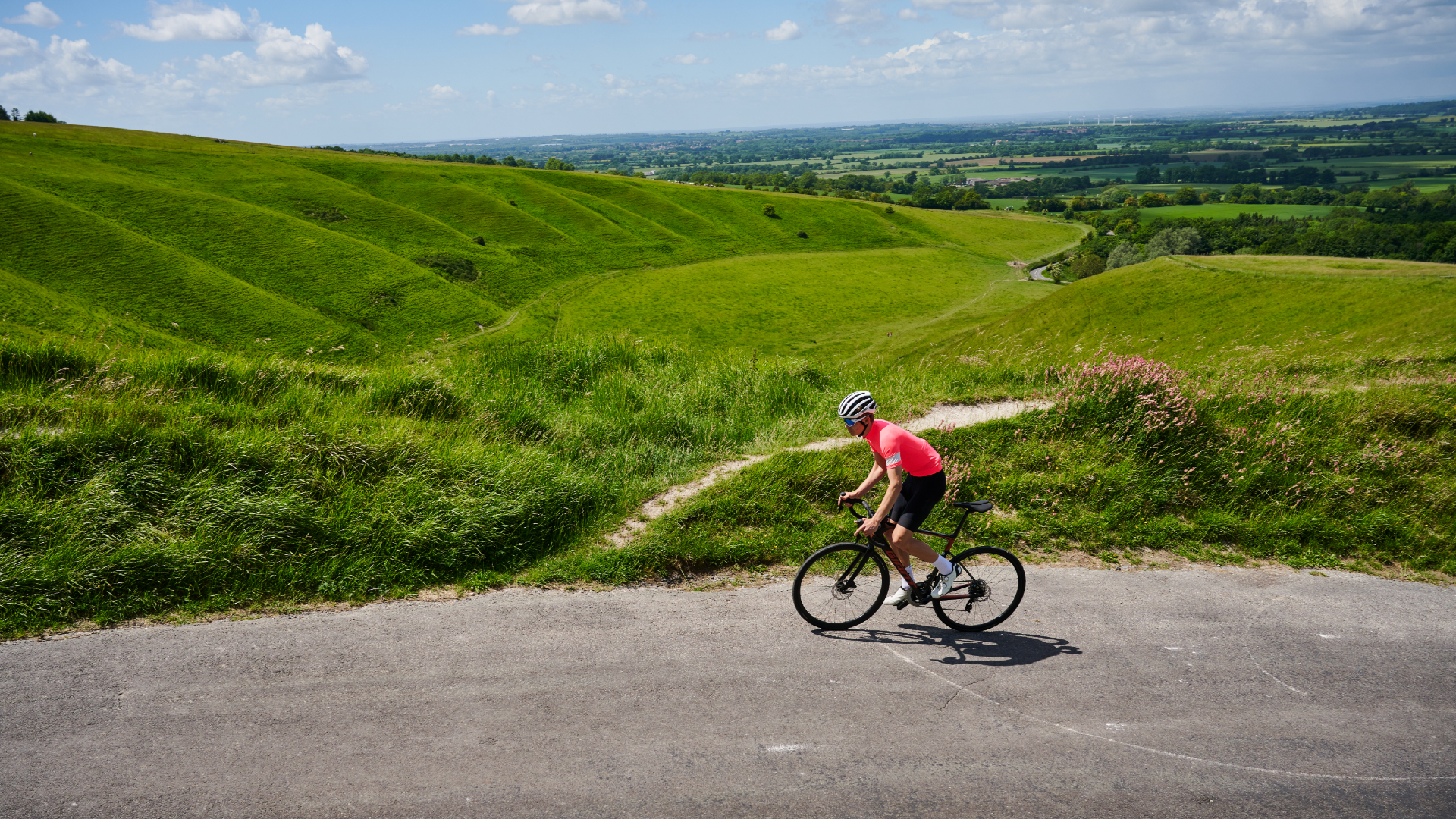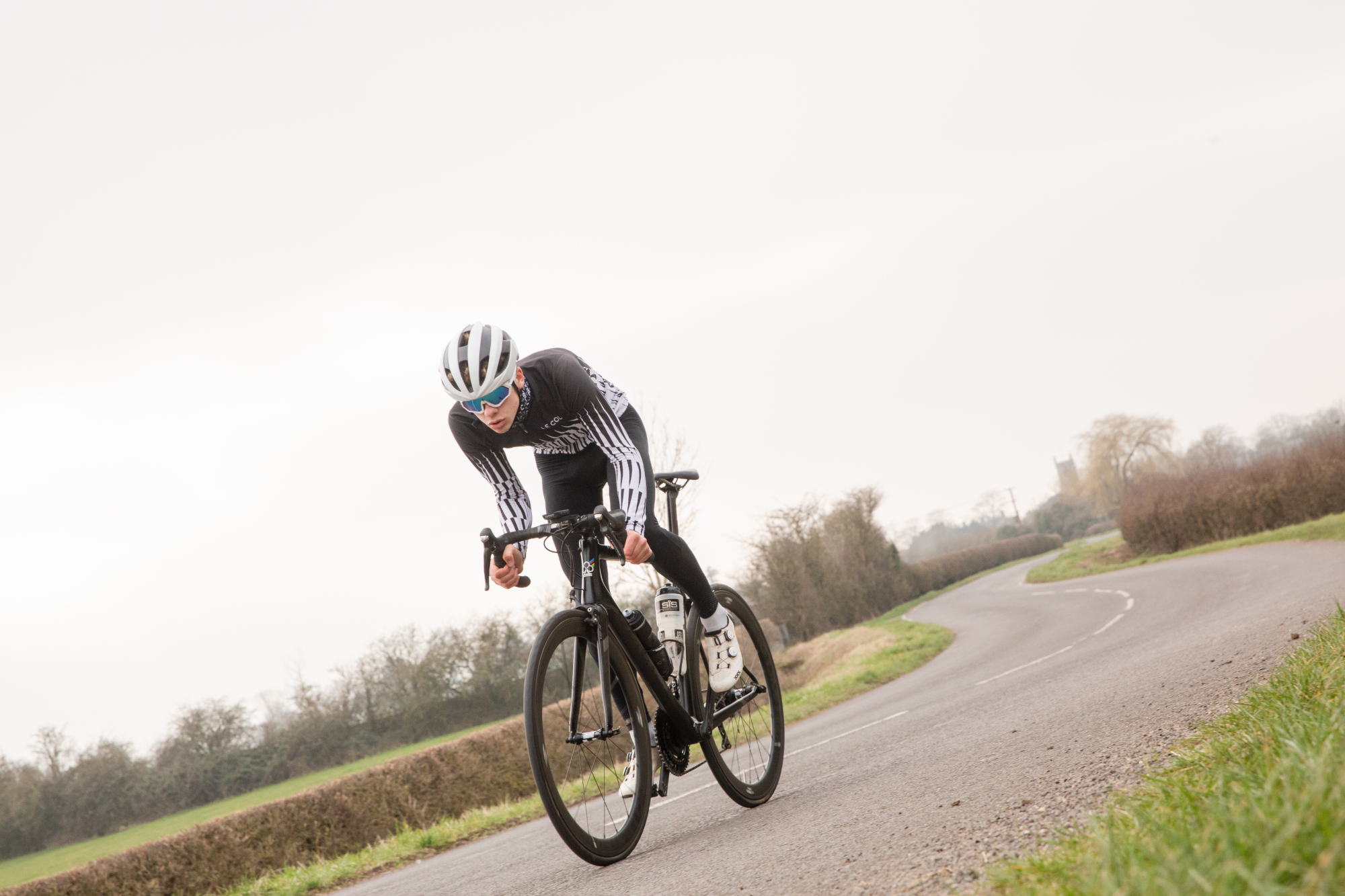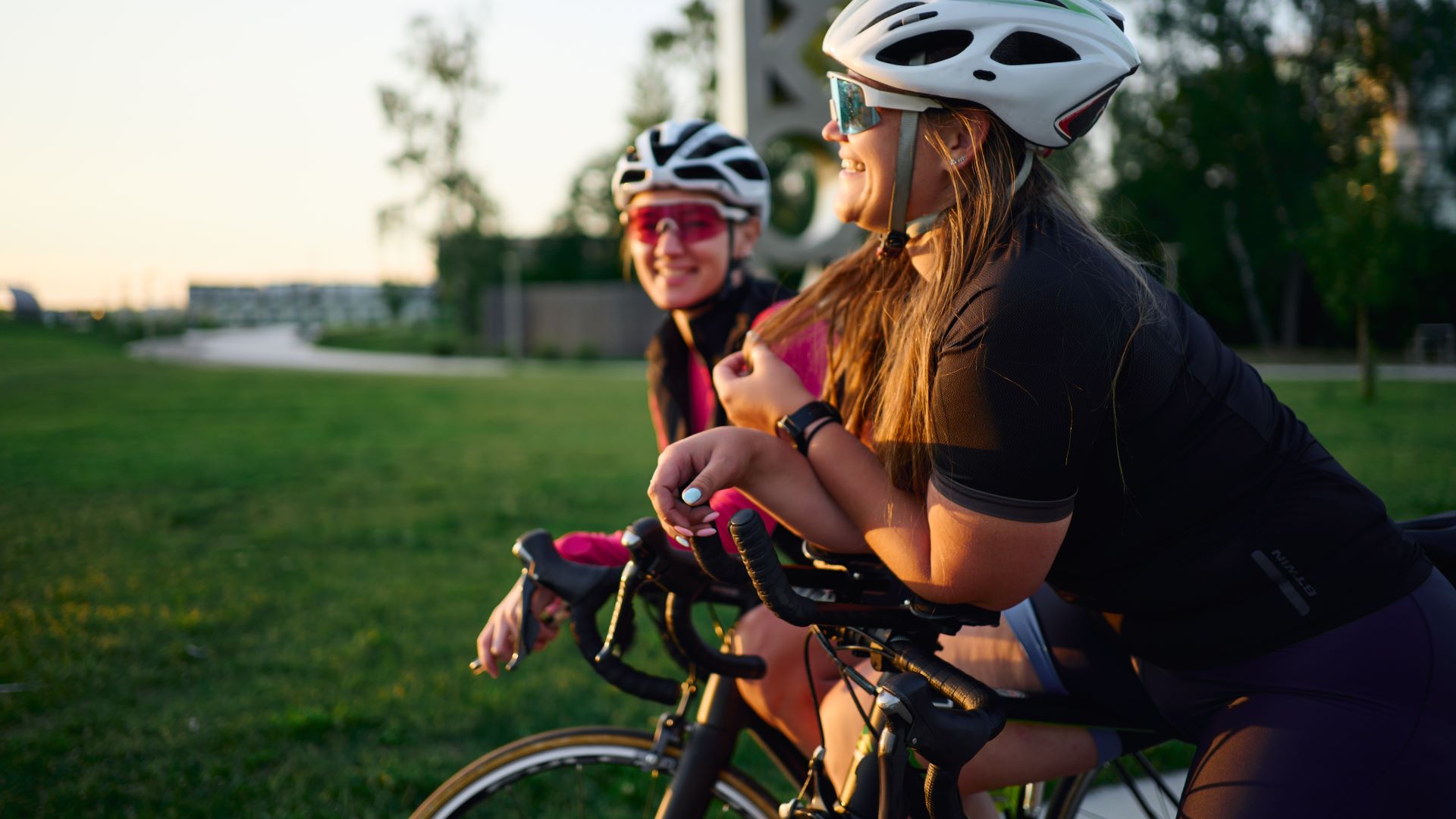How to get faster on 100 mile bike rides with just 5 hours training a week
Perhaps a surprise, but yes, you can improve your performance on long rides with just five hours a week training - here’s how…


We have all probably heard, or perhaps seen on Strava, that professional cyclists certainly rack up the miles - sometimes packing in more on a single ride than many of us manage over the course of a week.
As discussed in answer to the question, “what’s the ideal heart rate range during a 100km / 60-mile ride?”, there are benefits keeping your heart rate low on long slow endurance rides.
But, what if it simply isn’t possible to get in a long ride even once - let alone twice - a week? Those of us balancing busy working and family lives can easily understand this particular struggle.
Even though you have limited time, your goal may still be to train for your first 100-mile ride or increase your average speed over this distance so you perform better at your next sportive.
So what if we only have five hours a week? Is that enough to build your cycling endurance and still perform over 100 miles? Well, luckily the answer is yes, but the key is consistency, consistency, consistency!
Firstly, I want to point out that I do believe training volume is important. It is part and parcel of professional cyclists’ training plans for a very good reason. The available research suggests that the main adaptations to long slow endurance and high-intensity interval training (HIIT) and sprint interval training (SIT) are different and so to maximise performance we need both stimuli.
The truth is that the best thing most amateur athletes could do to improve their on-the-bike performance is to stop going to work every day and use that time to train. Obviously, though this isn’t going to happen. Therefore, it’s important to acknowledge how much training time is available and make the most of it.
Get The Leadout Newsletter
The latest race content, interviews, features, reviews and expert buying guides, direct to your inbox!
One mistake I see riders making when they have limited training time is to try and cram as much training as possible into only one to two days. This means that there is a very large training stimulus on one to two days and then nothing throughout the rest of the week. As I talked about in answer to the question “what to do if your fitness plateaus?”, this can lead to a situation where all the gains from one session are lost before the next training session starts.
Instead, a better approach would be to take the training stimulus and spread it out over the week. This way even the tiny gains that are made after a single session can be built upon. This nudges your fitness upwards rather than letting it fall back to baseline levels between sessions.
There is actually some research to suggest that if you aren’t improving it might be as a result of insufficient training frequency (how often you cycle a week) rather than overall training load. It’s far better for an athlete to do three 20 minute sessions that are spread throughout the week than a single one hour ride.
I think one of the issues in cycling is that we have become so focused on training volume or distance that we have forgotten you can still achieve a good training stimulus from as little as 10 minutes on the bike. However, there is plenty of research into HIIT and SIT being effective training methods.
Trust me when I say that even a 10 minute SIT session can be more than enough to induce a training stimulus and leave an athlete feeling tired the next day. Repeat this a few times a week and suddenly you will see your fitness improving – even in longer rides.
How to improve your average speed on a 100-mile ride on five hours a week

So how would I go about improving 100 mile performance in an athlete with limited training time?
First of all, I would start off by identifying when they might be able to get a longer ride in. As I mentioned, these rides are still important, they just don’t need to be every Saturday and Sunday. It might be that the athlete can get out once for a longer (3hr+) ride once per month, or on a bank holiday. Make the most of these opportunities when you can get out.
In cycling, we have traditionally focussed on building up a base of long slow endurance work and then added some specific intensity later down the line as our goals approach. While this approach has been used successfully in professional athletes it isn’t very compatible with restricted training time.
Therefore, in these circumstances, my approach is to flip the system on the head. Focus on a small high intensity stimulus on a regular basis and then add some longer rides on top whenever possible.
A typical week might include three to four 10 to 20 minute SIT or HIIT cycling workouts and then the occasional long ride when possible. Doing this ensures that all the little adaptations add up and athletes get in both the short hard work and the longer work where possible.

Thank you for reading 20 articles this month* Join now for unlimited access
Enjoy your first month for just £1 / $1 / €1
*Read 5 free articles per month without a subscription

Join now for unlimited access
Try first month for just £1 / $1 / €1
James Spragg is a sports scientist and coach, working both in research and applied settings. When not working with athletes James can be found skiing, climbing, cycling or drinking coffee!
Alongside Dan Lorang and Peter Leo, James runs Intercept Performance Consultancy. Over the last 8 years in various roles, as coaches, performance consultants, performance managers, and sports scientists, Dan, James and Peter have played a role in helping athletes achieve more than 10 World Championship titles, several Olympics medals (including a Gold and Silver Medal in Tokyo 2020) and several Top 5 results in some of the biggest sporting events on the planet (Tour de France, Olympics, World and European Championships). Our single focus is on improving performance in all settings.
-
 Trek, State and Specialized raise bike prices while other brands limit US releases — Is this just the beginning?
Trek, State and Specialized raise bike prices while other brands limit US releases — Is this just the beginning?As tariffs hit, the bike industry is forced to adapt, whether through price increases, limited releases, or a restructuring of supply chains
By Anne-Marije Rook
-
 How I got my non-cyclist friend hooked on riding bikes — and how you can, too
How I got my non-cyclist friend hooked on riding bikes — and how you can, tooWith a little bit of gentle guidance, “bikes aren’t my thing” can turn into “when’s our next ride?”
By Marley Blonsky